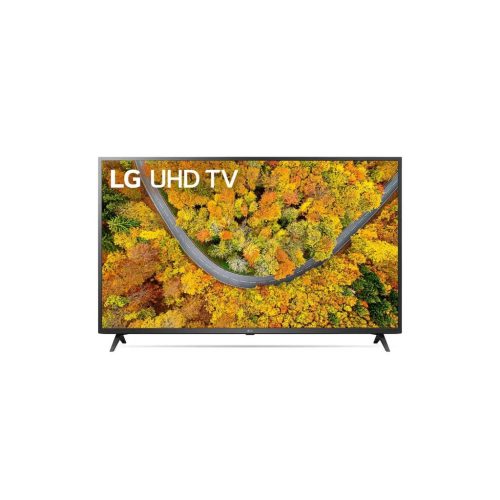Xiaomi Mi A3

The Xiaomi Mi A3 has a glass sandwich design, a change compared to the metal-clad Mi A2. There is Corning Gorilla Glass 5 at the front and back, as well as on the camera module, which should help the device resist scratches from day-to-day usage to some extent. The screen has a dewdrop notch at the top which houses the selfie camera. The Mi A3 has thin bezels on the sides, but the ones at the top and the bottom are relatively thicker.

Xiaomi has opted for a plastic frame on the Mi A3 which was finished in chrome on our More Than White unit. The Mi A3 is also available in Kind Of Grey and Not Just Blue, and the colour names do seem inspired from Google’s choices for its Pixel phone lineup. At the top, it has a 3.5mm headphone jack, secondary microphone, and an IR emitter which can be used to control IR-based appliances.
The Xiaomi Mi A3 is powered by the Qualcomm Snapdragon 665. This processor is the successor to the Snapdragon 660, which was powering the Mi A2. It is based on an 11nm fabrication process and has four Kryo 260 cores clocked at 2GHz with another four Kryo 260 cores clocked at 1.8GHz. There are two variants of the Mi A3, one with 4GB of RAM and 64GB of storage, and the other with 6GB of RAM and 128GB of storage. We had the higher end one for this review.

One thing that came as a surprise to us was the HD+ display on the Mi A3. This phone’s predecessors, the Mi A1, and Mi A2, both sported full HD+ panels. Yes, the Mi A3 uses an AMOLED panel compared to the LCD ones on the older models, but you can see pixelation while reading text on the Mi A3 because its density is less than 300 pixels per inch. We did not find any way to adjust the screen’s colour output, which we found to be boosted too much for our liking. The panel has adequate brightness and is legible outdoors but at times it wasn’t easy to view it under direct sunlight.
The Xiaomi Mi A2 offered good cameras for the price, and naturally, people are expecting the Mi A3 to fill its shoes. Xiaomi has gone with a triple camera setup on the Mi A3. There’s a 48-megapixel Sony IMX 586 sensor for the primary camera, and an 8-megapixel secondary camera with a wide-angle lens with a 118 degree field-of-view. The third one is a 2-megapixel depth sensor. For selfies, the Mi A3 has a 32-megapixel front shooter.

Camera software on the Mi A3 isn’t very different from what we’ve seen on Redmi smartphones which run MIUI. The Mi A3’s camera app has multiple shooting modes including Portrait, Night, Panorama, and Pro, apart from the usual photo and video modes. It also has quick toggles for HDR, AI, the flash, and filters. There is a 48-megapixel mode that lets you take photos at the sensor’s full resolution, but the regular photo mode returns 12-megapixel pixel-binned shots for better clarity.
Photos taken in daylight had good details. The phone managed to lock focus quickly and set the exposure right. Objects at a distance were recognisable, and text at a distance was also legible. However, the Mi A3 does not do HDR very well, lifting blacks a bit too aggressively. This throws the contrast of photos off, causing them to look artificial. The wide-angle sensor helps capture wider frames but you lose out on detail when compared to shots taken with the primary sensor.

